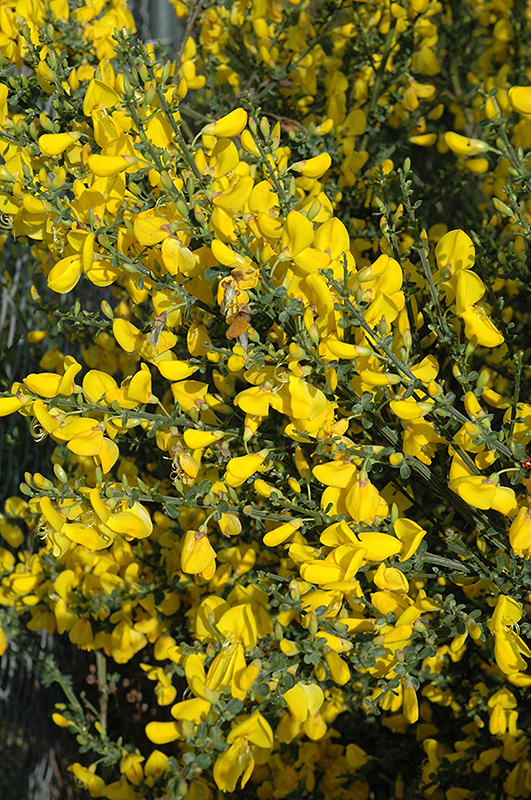
Plants should be mowed before seed pod maturation to prevent seed spread. Combining mechanical methods with other methods can increase effectiveness. Mechanical methods, including mowing, are not as effective in controlling Scotch broom.

Be sure to monitor the site closely for regrowth. Some digging and cutting can disturb soil and cause seed germination.For larger trunks, a bow saw may be useful otherwise, loppers can be used. Cut mature plants before seed pods begin developing to reduce spread. Cutting can also be an effective method of controlling Scotch broom.If the entire root cannot be removed, cut the plant below the crown of the root (usually just below soil level). Small Scotch broom plants can be dug or pulled out by the root before seed-heads begin forming.
Scotch broom pomona manual#
Manual control of Scotch broom can be used in combination with other control methods.Prevent the spread of Scotch broom by thoroughly cleaning tools, boots, and vehicles after working in or traveling through an infested area.Ensure any existing plants do not produce and release seed. Larger infestations may benefit from the proper use of an appropriate herbicide.Small infestations can be effectively managed by hand-pulling or digging plants out by the roots.Conduct a site survey to determine treatment needs. Scotch broom is easiest to identify in June or July, when flowers have formed.Minimize soil disturbance from vehicles, machinery, and over-grazing to reduce seed germination.Re-vegetate treatment areas to improve ecosystem function and prevent new infestations.Monitor the site and continue to treat missed and newly-germinated plants.Begin work on the perimeter of the infested areas first and move inward to the core of the infestation.Minimizing disturbance prevents further infestations of weeds. Select control practices that minimize soil disturbance.Survey the area for weeds, set priorities, and select the best control method(s) for the site.Management will require dedication for a number of years and should allow flexibility in methods. Select control methods reflecting the available time, funding, and labor of the participants, the land use goals, and the values of the community and landowners. Use a multifaceted and adaptive approach.The goal is to maximize effective control and to minimize negative environmental, economic, and recreational impacts. IPM involves selecting from a range of possible control methods to match the management requirements of each specific site. The preferred approach for weed control is Integrated Pest Management (IPM).Seeds are transported by animals, erosion, water, and human activity, especially road maintenance.This enables new seedlings to establish in areas where there appear to be no plants. Seeds can remain viable for more than 60 years because of their hard shells.Seed pods reach maturity in late July and August, and pods begin exploding audibly, ejecting seeds up to 20 feet.A single plant can produce up to 10,000 seeds per year.
Scotch broom pomona full#



 0 kommentar(er)
0 kommentar(er)
